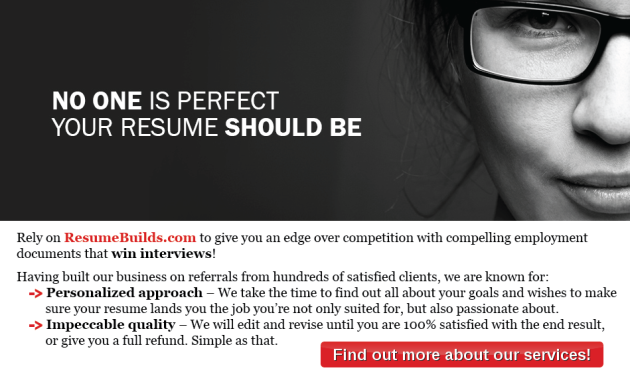
Whether you like it or not, a good old-fashioned resume, while still essential to your job hunting success, is not enough to gain you that much needed competitive advantage anymore. In today’s information-driven society, your best bet is using technology to give your professional brand an edge that will get you noticed – and hired!
Your Social Media presence
There’s no denying that Social Media has become an integral part of our everyday lives. When it comes to the job search, Social Media provides a great way for prospective employees to explore target companies and connect with insiders. However, this is a double-edged sword. Pulling up candidates’ Social Media profiles is becoming routine for many Hiring Managers. And if you want to land the job, you have to make sure that your online reputation is not only impeccable, but also supports your resume.
- Facebook – The recruiter should not see anything inappropriate or embarrassing on your public profile. That includes rude posts (especially about your current or previous place of work) and obscene photos. Also, be cautious about sharing your religious and political views.
- Twitter – The same content limitations apply here. Do take advantage of the short bio section to drill down to the details and crystallize your “elevator pitch”. And confidently include links to your portfolio, website, blog, and LinkedIn if applicable.
- LinkedIn – If you’re still not a member, get an account and make it work for you. Recruiters will check your profile to see if you’re a good cultural fit. So do be an active networker and make sure you have plenty of recommendations and endorsements.
For the creative types
Those working in the creative field, including design, marketing and even sales, should consider capitalizing on the following opportunities:
- QR codes – Use them to lead the prospective employer to your portfolio, professional blog or personal website. However, remember to check that the website works properly (including the mobile version) and provide a URL in case the HR has trouble scanning your code.
- Video and visual – Video resumes and infographics are gaining popularity, as they are a great way to attract attention to your persona and to truly stand out among other candidates. Just make sure you don’t get too carried away – no matter how good the production value, your creative resume will not score any points if the message it sends is weak or inappropriate.
Do you use technology for job hunting? Do you monitor your online presence, or stick to the tried-and-true methods? Share your experiences in our comment section!






 You’d be surprised at how many people feel uncomfortable talking about themselves, particularly when it comes to describing work-related successes. However, failing to mention your achievements is likely to greatly impede your job search. Practice shows that listing professional accomplishments on the resume gives you an instant boost in the eyes of a Hiring Manager, which translates into more chances of landing you the job interview.
You’d be surprised at how many people feel uncomfortable talking about themselves, particularly when it comes to describing work-related successes. However, failing to mention your achievements is likely to greatly impede your job search. Practice shows that listing professional accomplishments on the resume gives you an instant boost in the eyes of a Hiring Manager, which translates into more chances of landing you the job interview.



